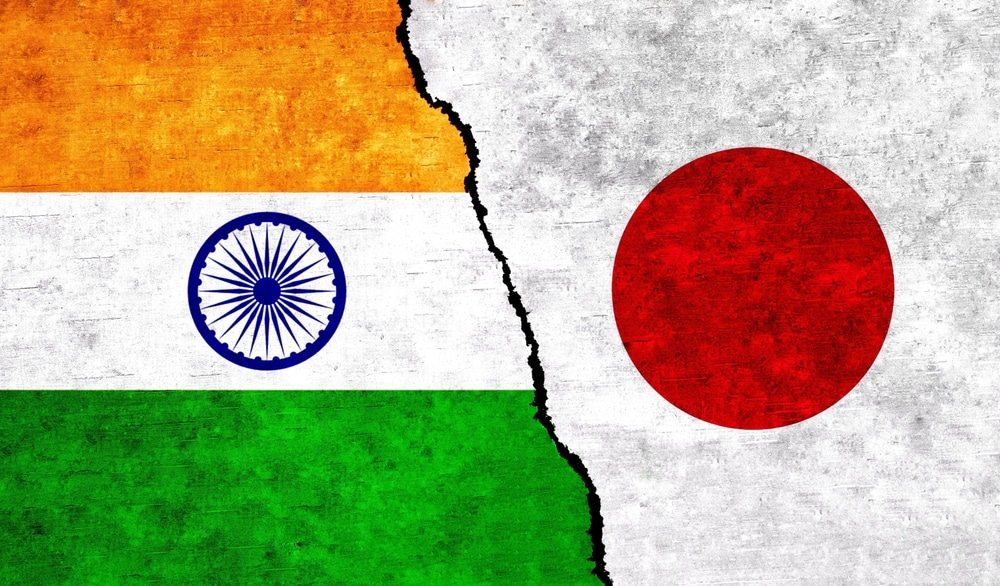The Ministry of New & Renewable Energy (MNRE) announced that India and Japan have signed a major offtake agreement for green ammonia exports. The deal, finalized on August 21, 2024, marks India’s first green ammonia export to Japan. This agreement bolsters India’s growing role in the global green energy market and the significance of long-term partnerships in sustainable energy.
The Key Players in This Agreement
The press release mentions, Sembcorp Industries, Sojitz Corporation, Kyushu Electric Power Co., and NYK Line signed a Heads of Terms (HoT) agreement, establishing a cross-border green ammonia supply partnership from India to Japan.
The Singapore-based energy company Sembcorp Industries will spearhead the production of green ammonia in India. Notably, the green ammonia will be produced using renewable energy sources, making it a cleaner alternative to conventional fuels.
Kyushu Electric Power, a renowned Japanese utility company, plans to use green ammonia in its energy mix. The company will partially replace coal with green ammonia at its thermal power plants, aiming to cut carbon emissions. Simply put Kyushu is the off-taker. This step supports Japan’s larger goal of moving away from fossil fuels and adopting cleaner energy sources.
Sojitz Corporation, the Japanese trading company will mediate the business, playing a significant role in connecting Sembcorp with Kyushu. Sojitz’s involvement ensures that the transaction runs smoothly and efficiently, bridging the gap between production and consumption.
Japanese shipping firm, Nippon Yusen Kaisha (NYK), will handle the transportation of green ammonia from India to Japan. It will ensure the safe and timely delivery of the green ammonia, establishing a reliable supply chain between the two countries.
What Are the Broader Implications of This Deal?
Minister of New & Renewable Energy, Pralhad Joshi commented,
“Today is a historic day as we mark the first-ever agreement for the supply of Green Ammonia from India to Japan. This agreement will help establish a robust supply chain from production in India to consumption in Japan, paving the way for future collaborations in the green energy sector.”
He further disclosed India has already launched a tender for 7.5 lakh tons of green ammonia and a surplus of 4.5 lakh TPA capacity has also been floated.
Mr. Joshi also remarked that these efforts align with India’s larger plan to incentivize the production of over a million tons of green hydrogen annually. It showcases India’s commitment and ability to rapidly expand green energy production.
The Indian government, under the Ministry of New & Renewable Energy (MNRE), has been actively promoting green hydrogen and ammonia. It is quintessential of its broader strategy to reduce carbon emissions and achieve energy independence.
Last year in January, the Union Cabinet approved the National Green Hydrogen Mission with a budget of ₹19,744 crore. The mission aims to establish India as a global leader in the production, use, and export of Green Hydrogen and its derivatives. By 2030, the goal is to produce 5 million metric tons (MMT) of Green Hydrogen annually. As part of the mission, ₹600 crore has been allocated for 2024-25 under various categories. This is a clear testament to India’s commitment to achieving its net-zero goals.
Teaming Up for Green Ammonia Success
This agreement between India and Japan is expected to pave the way for future collaborations in the green energy sector. Both nations are committed to reducing their carbon footprints and transitioning to more sustainable energy sources. By working together, they can leverage each other’s strengths and expertise, creating a robust supply chain for green ammonia.
As India continues to expand its green energy capabilities, more such agreements are likely to follow. It would only bolster its position in the global market. Japan, on the other hand, will benefit from a reliable and sustainable source of green ammonia. This would help Japan mitigate carbon emissions, and reduce its dependence on fossil fuels.
ACME has built India’s first green hydrogen and ammonia plant, marking a significant milestone. They have operated a solar-to-ammonia pilot plant in Bikaner, Rajasthan, since November 2021. The projects in development target both the Indian market and the global ammonia energy market. By 2030, ACME aims to rank among the world’s top three renewable energy producers and produce 10 MTs of renewable ammonia annually from its global plants.
In conclusion, the India-Japan Green Ammonia Agreement is a significant step forward for both countries. Overall, this partnership highlights a shared commitment to sustainability and lays a strong foundation for future collaboration in the fast-growing green energy sector.

